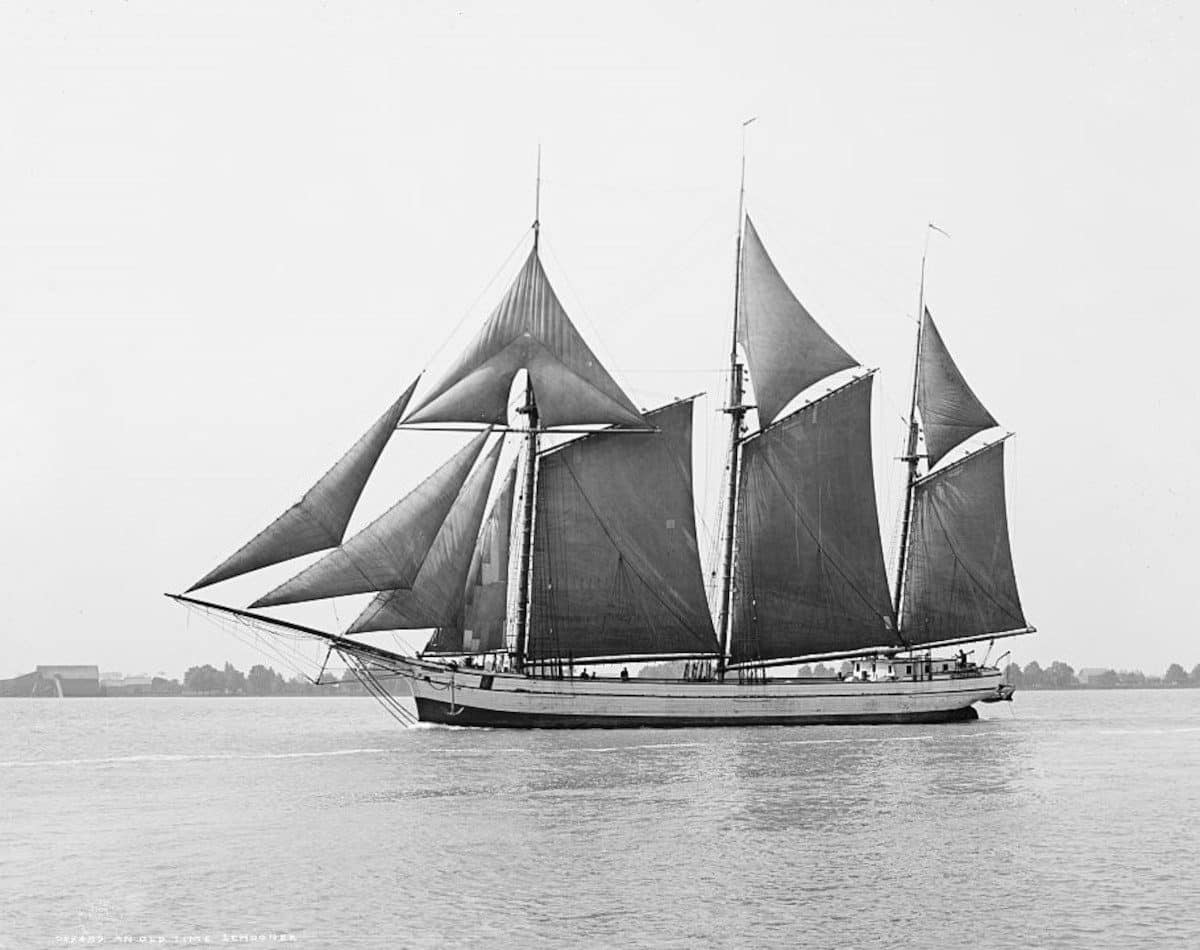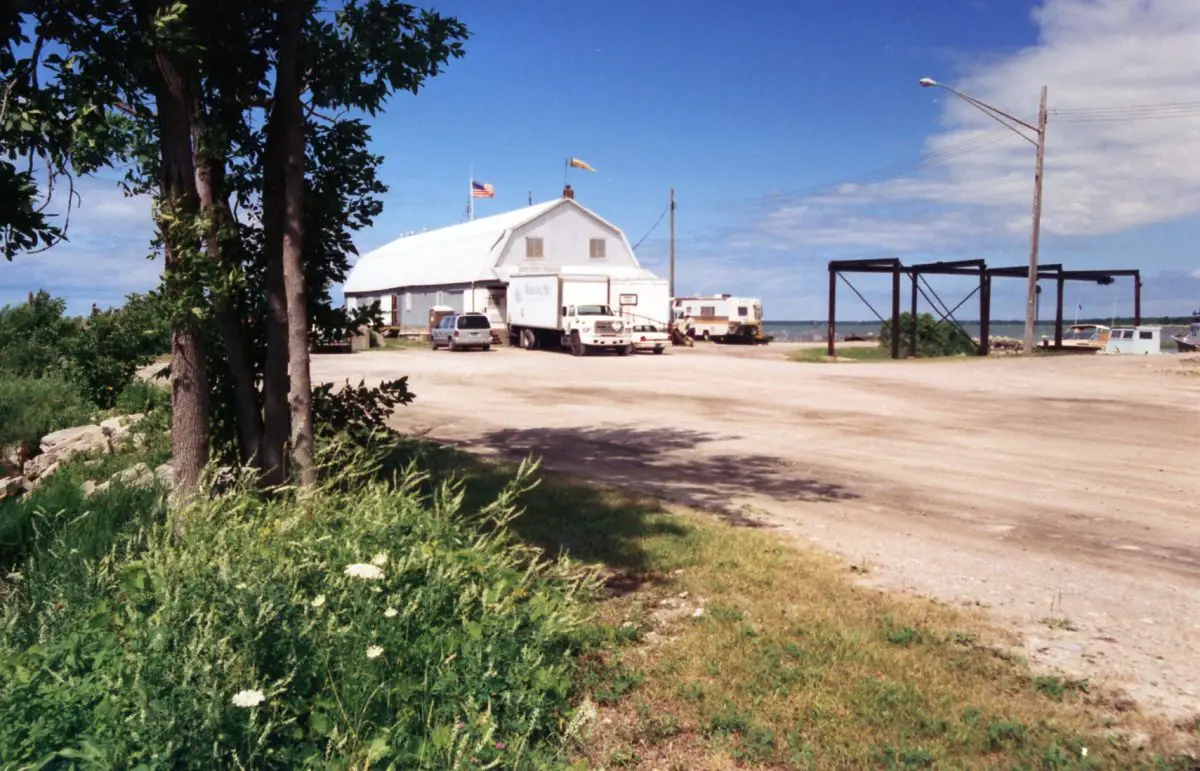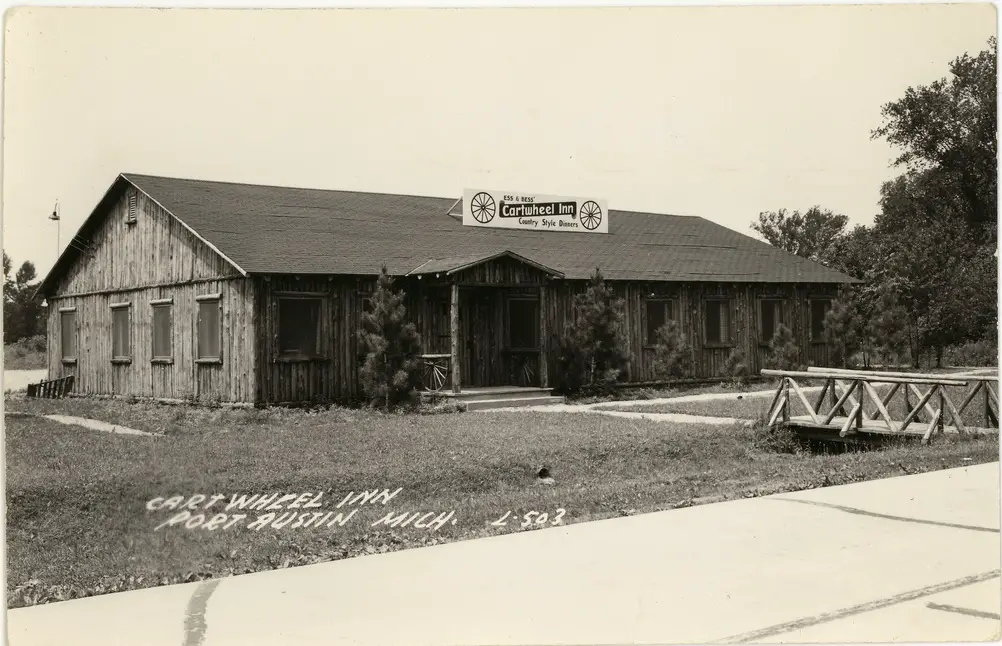Stories abound of ghost schooners and ghost ships of the Great Lakes. Many of these accounts are from the 1800s, but a few extend well into the twentieth century. A ship cannot be deemed a ghost ship unless it has been spotted underway after it has sunk or burned to the waterline and declared a total loss. However, some stories will deem a ship a ghost ship if it experiences hauntings by spirits or is cursed with endless mishaps.
Why Are There Stories of Ghost Ships on the Great Lakes?
The Great Lakes are the world’s greatest collection of freshwater lakes. When the upper Great Lakes were being populated in the 1800s, there were no major roadways, few railways, and no substantial method to transport merchandise, such as lumber, to growing towns like Chicago and Cleveland. The Great Lakes functioned as transportation corridors for ships transporting people and goods from the continent’s center to towns and cities along the way.
The distance between Duluth and the St. Lawrence Seaway is over 2,000 nautical miles. Today, the journey may be completed in 48 hours. It took around ten days to sail it in the 1800s. Accounts of ship activity on Saginaw Bay’s Charity Island in the 1870s are compared to rush hour in Detroit today. The chance of collision or mishap was high with such a busy waterway.
We have several tales of both haunted and roaming ghost ships and schooners that can give you the chills.
The Mysterious And Tragic Voyage Of The Griffon
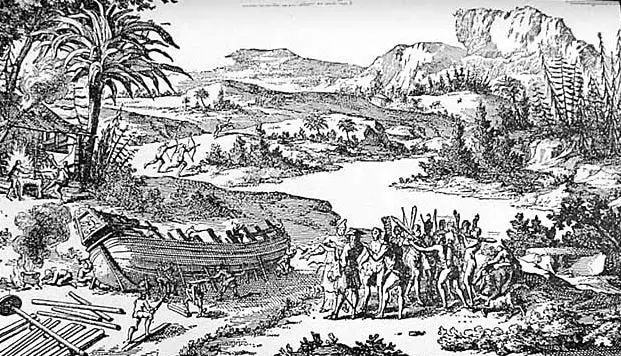
The ship Le Griffon was completed in August 1679 by French adventurer La Salle. This was the first ship of European design to be built on the Great Lakes. While the precise dimensions are uncertain, the double mast ship was said to be up to 40 feet long with a 15-foot beam. With seven guns and a cargo capacity of about 45 tons, this ship would have been considered a monster when it launched in early August on the upper Niagara River.
The initial task of Le Griffon for La Salle and his company was to trade in the Upper Great Lakes. The Griffon traveled up to Lake Erie through the Detroit Straights. On August 9th, he met his lieutenant Henri De Tonti at Detroit, who would accompany him on the expedition across Lake Huron. They landed at Fort Michilimackinac on August 27th to transport 1,300 Livres worth of trade items to the southwestern trading station.
La Salle and Tonti parted ways at the end of August. Tonti was tasked with rounding up deserters camping out at Sault Ste Marie’s main trade station. LaSalle boarded a ship bound for Green Bay, Wisconsin. The Le Griffon departed for Niagara with a cargo of furs, and LaSalle paddled around the shores of Lake Michigan in search of a water path to the Mississippi. He paddled along the lake’s western side with his soldiers in canoes, rounding the southern end to the mouth of the Miami River. Fort Miami, a tiny stockade, was constructed. Tonti departed from Sault Ste. Marie and La Salle meet in early October after nearly 38 days of canoe journey along Lake Michigan, most likely around the eastern side.
On March 1st, as spring approached in Southwestern Michigan, La Salle left Tonti in charge of the new camp and traveled east overland on the St Joseph Trail in pursuit of news of the Griffon, which he presumed was wintering around Detroit.
Normally, travelers would use the well-known and well-established Sauk Trail East. However, due to the hostile acts of the Iroquois, who were keen to expand their trapping territory for furs for trade with the French, it was a perilous time of struggle. Traveling on the Sauk Trail became a perilous experience due to this. To avoid coming into touch with Iroquois, LaSalle used a lesser-known path that led east.
LaSalle had no idea that the Griffon had sunk in Green Bay with all crew on deck. The Griffon’s wreckage was never discovered. LaSalle and five other guys walked across Michigan to Niagara for a month. They were considered the first Europeans to travel through Michigan’s interior. While the Griffon sank in 1679, several sailors in Lake Michigan claim to have seen it making its way on the lake.
The Story of the Erie Board of Trade

This story takes us back to 1883 when the three-masted schooner Erie Board of Trade arrived in Cleveland to pick up a consignment of coal. This would be the notorious schooner’s and ghost ship’s final journey.
The Erie Board of Trade had to anchor a few days out from Cleveland at Saginaw Bay on Lake Huron because the winds had gone out. The Captain assigned the crew the task of cleaning and repairing the ship. He directed a very new young crew member to dress the topmasts. The entire crew was aware that the rope to the boatswain’s chair was frayed and risky to use. Nonetheless, the Captain dispatched the crewman up the mast in the chair. The rope snapped not long after he reached the top, and the crewman, together with the chair and gear, fell to the deck. He just lasted long enough to curse the captain of the Erie Board of Trade.
The crew reported that the spirit of the dead crewman who fell to his death plagued them for the remaining three days of the voyage. Over and over, he uttered his curse. He appeared in a white shape, appearing on deck and then settling on the area where the unlucky crewman had died.
When the ship arrived in port, several of the crew members had had enough of the hauntings and disembarked. The captain, however, remained, and The Erie Board of Trade loaded its coal and returned to Lake Huron. The ship was never found. Accounts of it being sighted in Lake Superior about every seven years remain the only memory of this mystery ship.
Ed Note: Despite this story being repeated by books and websites, there is no record of the schooner “Erie Board of Trade.” These accounts may be confused with the Barque “Chicago Board of Trade,” which sunk in Lake Erie in 1874.
Lake Superior Claims The Western Reserve in 1892
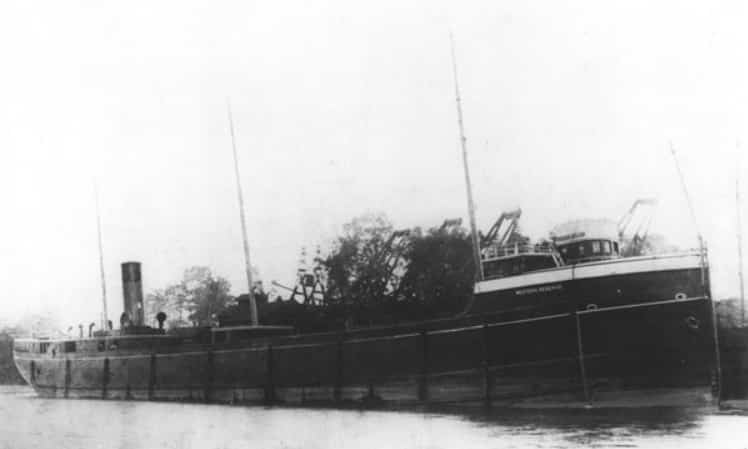
The Cleveland Shipbuilding Company built the steamboat in 1890. She was one of the largest and best steamers on the lakes, and she set multiple records for enormous loads. Her master, Captain Meyers, had served in the Minch fleet for some years and was well-known.
The lone survivor of the massive steel steamship Western Reserve, which collapsed and drowned 60 miles above White Fish Point on its way to Houghton, was Algonac’s Harry Stewart, a wheelsman. The ship departed the Soo Canal Tuesday afternoon, carrying on board Capt. Peter Minch, the ship’s owner, his wife, three children, and his wife’s sister, in addition to the normal crew of 22 people.
It was believed that at about 9 a.m., a rogue wave slammed into the ship, causing a horrific collision. The ship began to split in two as a result of the massive vessel splitting in half halfway up the rigging. She drew in water quickly, and the yawl boats were lowered. Capt. Minch, his family, and the officers and crew of 17 boarded the wooden yawl while the rest boarded the metallic one. The Reserve sunk in five minutes, and the metallic yawl capsized before she had even left sight. The other raced to her aid but was only able to save two of her occupants.
The 19 survivors set out for White Fish Point, which was roughly 60 miles distant. When they started, the wind was blowing from the west, but it switched to the north, creating a large sea. The yawl withstood the breakers all night until the next morning when it capsized approximately ten miles from Life-saving Station No. 10 and about a mile from the beach.
There was no evidence of any other survivors of the crash, and there is no doubt that they all perished. The Western Reserve was one of the largest vessels on the lakes and had only been in the Lake Superior trade for a little more than a year. It is said to have been sighted on Lake Superior occasionally.
Cornelia B. Windiate 1875 Sits Perfectly At The Bottom Of Lake Huron
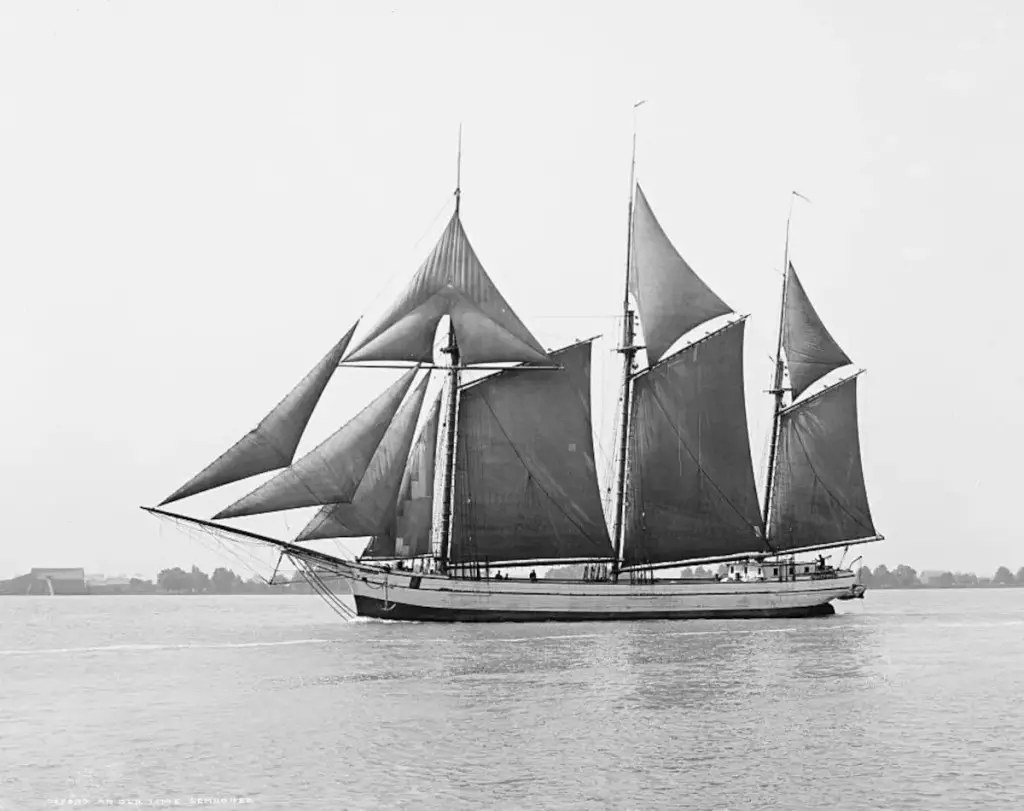
Of the four ghost ships of the Great Lakes, the Cornelia B. Windiate sends shivers down my spine. Maybe because she sank on a chilly late November day in 1875. The Windiate was a three-masted schooner that was explicitly set up to hold bulk cargo such as grain. She sank with all hands on or about November 27th, 1875.
Video: How Did The Cornelia B. Windiate Sink In Perfect Condition?
The schooner is now submerged 180 feet beneath the surface of Lake Huron in Alpena. The ship has been impressively preserved due to the chilly, oxygen-free water. Her masts are still intact, and her grain load is still packed in the hold, making her a time machine from more than 130 years ago.
The Windiate has been recorded with sketches, measurements, pictures, and video by divers and maritime archaeologists from the Thunder Bay National Marine Sanctuary. It was assumed that the Windiate was overburdened with grain. Divers can still see grain packed all the way up beneath the deck beams, even though it is almost 130 years old. Records from the Port of Milwaukee also confirm this. The ship was only rated to hold 16,000 bushels, yet it left port with 21,000 bushels. The ship and its crew would perish as a result of the added weight.
The ship appears to be in excellent condition. The hull is undamaged, and the hatches are intact, indicating that the ship did not collide with anything or be crushed by lake ice. Snow, heavy winds, and waves were reported on Lake Huron during the hours the Windiate was lost, according to weather reports from the day.
The overcrowded ship is said to have frozen over on the deck and rigging. The weight of the ice and the cargo caused the vessel to scuttle beneath the waves and sink.

